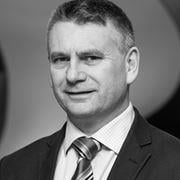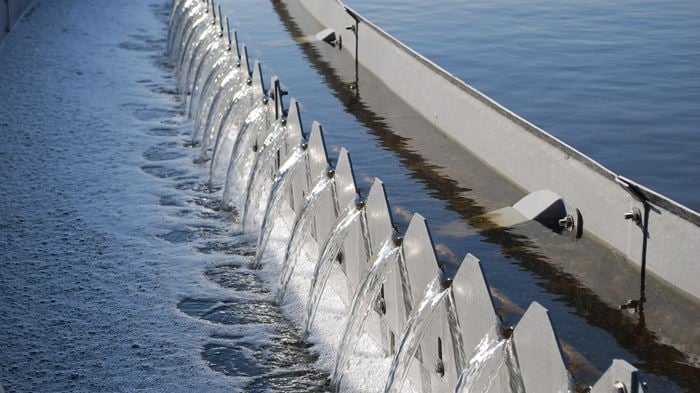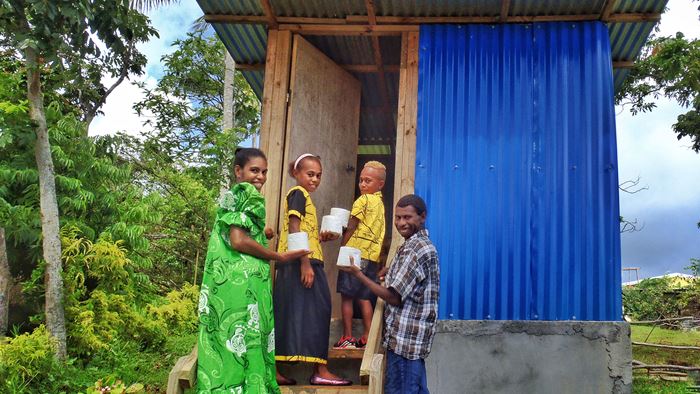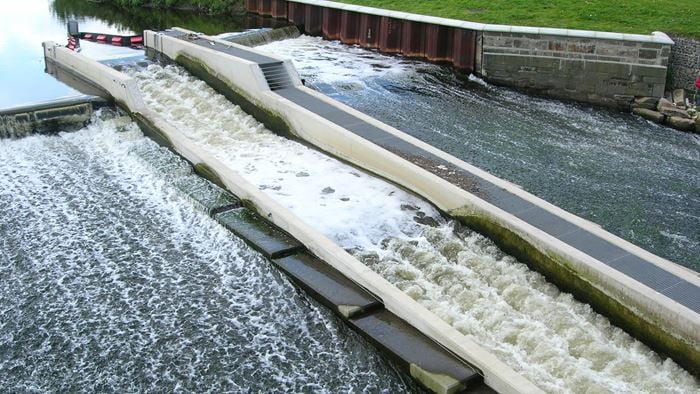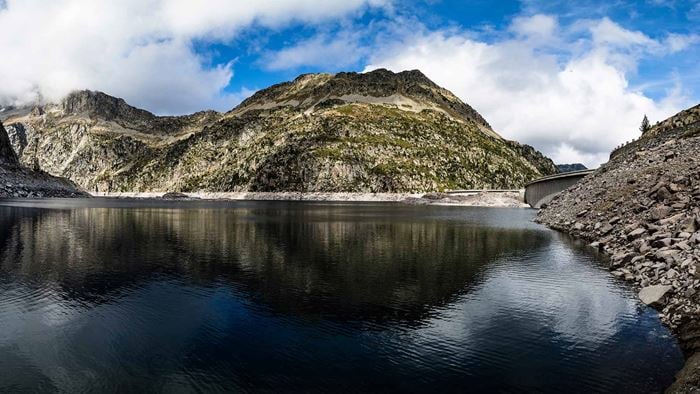Worldwide, there is a growing understanding of the need to deliver smarter, cheaper, more resilient and environmentally sensitive water and wastewater systems.
Key drivers include population growth, urbanisation and competing demand from municipal, agriculture and industrial uses. There is a mounting consensus that we should not be looking backwards for solutions but be more innovative in delivering the outcomes required from our infrastructure systems. Therefore, I believe we need new ways of thinking, new processes as well as innovative technology to meet these requirements.
Innovation is not only a term that can be applied to technology, we should consider the framework in which we operate, including: our receptiveness to new ideas, our appetite for risk, the processes we use and the creativity of the human capital in our sector. The best technology can fail to be implemented if there’s unwillingness to change.
However, change is not easy; much is talked about the innovation ‘valley of death’ where great ideas falter. Usually, this applies to technology but can equally apply to the implementation of new practices and processes.
In my experience, three linked elements of innovation should be considered to enhance the chance of success:
-
the innovative idea or solution
-
the need or future requirement that it might meet, and
-
the capital - both human (knowledge and expertise) and financial.
If one considers the above, all three elements or ‘legs of the stool’ need to be in place in order to deploy and commercialise the novel idea or solution. Often innovation takes place without the other two supporting legs. However, as the idea develops, it needs to be supported by a clear understanding of the need and its associated benefits, as well as commercial and professional support. In the case of innovative water technology, the market will need confidence in its performance.
In the highly regulated water sector, there are many obstacles to navigate from taking innovation through to implementation and commercialisation. ‘Picking the winners’ is an important way to de-risk the process both from an investor’s perspective but also to inform the innovator. Early insight into what innovations will ultimately be successful and how they can be commercialised is critical. Without the appropriate support many ideas will fail in the valley of death.
An example of successfully bringing these elements together is the UK company, Syrinix. The company was spun out of the University of East Anglia in 2004. Whilst at UEA, Dr Paul Linford, developed and used his knowledge of electronic signal processing to meet a recognised need for water utilities to manage burst pipes and leaks in their underground networks. Bringing together capital such as finance and expertise in the water sector, Syrinix has gone on to develop a suite of products and services and now has international clients.
Arup is supporting innovation in the water sector with an on-line water innovation portal - Venturi. This provides a gateway for innovators to showcase their ideas to potential investors – with the opportunity to match the two. Wet Networks is another Arup support tool which enables innovators to present to an audience of water professionals and potential investors. Initially, a City of London event, Wet Networks is marking its tenth year by going ‘on the road’.
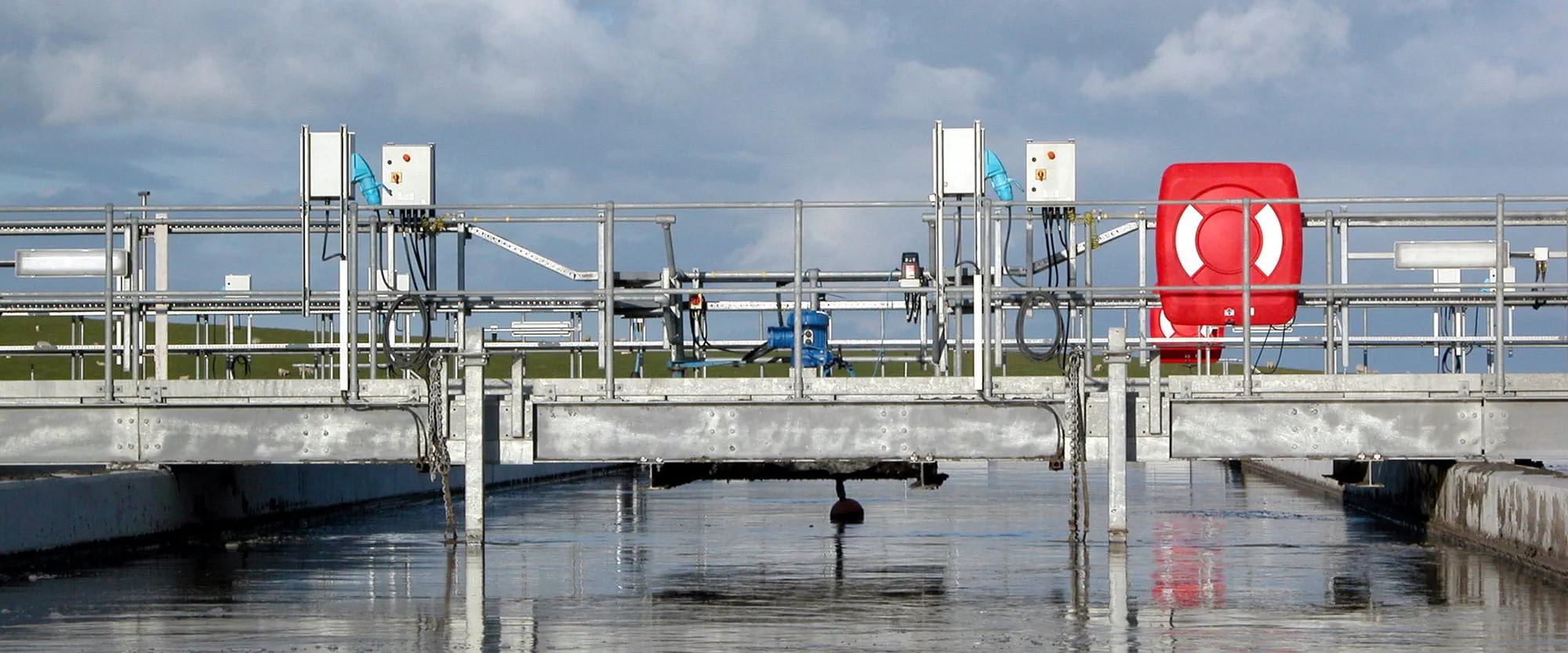 ;
;
